I've written before about local foraging, and how some plants are super well known among the native foragers here, such as purslane, wood sorrel, mallow, and mustard, and yet there are other plants like black nightshade, cactus paddles, and amaranth that no one local seems to forage for whatever reason. For years I knew how to identify one of the varieties of amaranth that grows around me, but until I finally met someone locally who foraged it, a family of immigrants from Mexico who called it quintonille, I was hesitant to try it. Finally I got over my hesitation and amaranth has been a regular part of my summer foraging.
Where I live it doesn't rain in the summer, so foraging can be a little bit harder, because not so many things are growing in the dryness. Fortunately, over time I've discovered plenty of summer forageables, from amaranth to lambsquarters to cactus paddles to black nightshade and purslane and much more. Amaranth is one of those plants I can find year round, but locally it seems to grow to its full capacity in the summer.
If you're hearing amaranth and thinking "Hey, wait, isn't that a grain?" you're right and also wrong. Amaranth is a pseudo grain, meaning that it is not a real grain (which come from the grass family) but has many similar properties and can be used as a grain and turned into flour. Local health food stores sell amaranth grains here.
However, the more useful, in my opinion, part of the plant is its leaves.
 |
| A summer forage of capers, lambsquarter leaves, amaranth leaves and grains, and mustard seeds |
Likewise, Chenopodium, which is the genus that contains lambsquarters is also the genus that contains quinoa, the well known psuedograin, which is why the fact that amaranth's seeds/grains also grow in a similar fashion is unsurprising.
Nutritionally amaranth is a power house, chock full of vitamins A, K, B6, C, B2, B9, not to mention calcium, iron, magnesium, potassium, zinc, copper and manganese.
 |
| Mushrooms stuffed with amaranth and chestnuts, vegan and paleo and ... |
It tastes pretty much identical to spinach. Earthy, green, slightly bitter but not in an unpleasant way.
 |
| Potatoes with three cheese sauce and amaranth greens |
So, how do you identify it and are there any poisonous look alikes?
Well, I don't live around the world, so I can't tell you if there are absolutely no poisonous look alikes anywhere in the world, but I can tell you how to tell them apart from the only plant that looks somewhat similar to it locally, pellitory of the wall.
 |
| Pellitory of the wall. NOT amaranth. |
 |
| Both amaranth and pellitory next to each other. Pellitory more in the foreground and smaller, and amaranth bigger and higher up. |
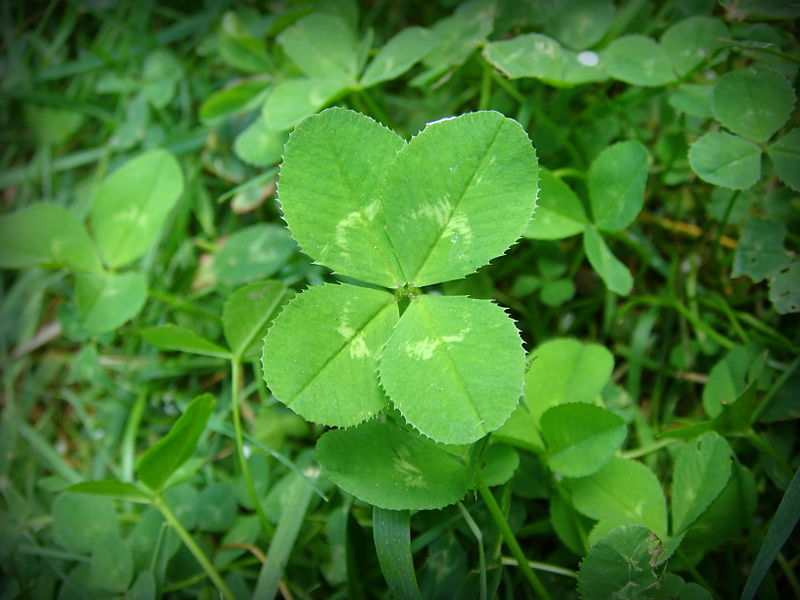 |
| Clover with its white chevron |
 |
| Me, demonstrating to some children at a foraging class, how you expose the seeds |
If you want to do a lot of hard work, you can collect the seed heads, let them dry, and then thresh and winnow them, to remove the chaff and stem from the seeds.
Or, you can do like I do and just collect the seed heads, let them dry, take out the stems and leaves (if you want, not so imperative) and then grind them up like that. You can then grind it up as is, and you'll have flour together with ground greens, which isn't necessarily something you'd want to be using for a sweet dish, but they work well for savory pancakes, for example, or any other recipe where using greens and grains together taste good. (I haven't tried it to make homemade pasta, but that's on my list.)
 |
| Annual mercury, poisonous semi look alike. |
So now let's go ahead and forage!















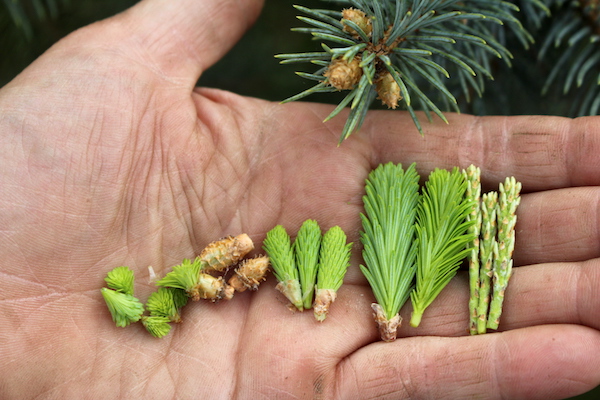
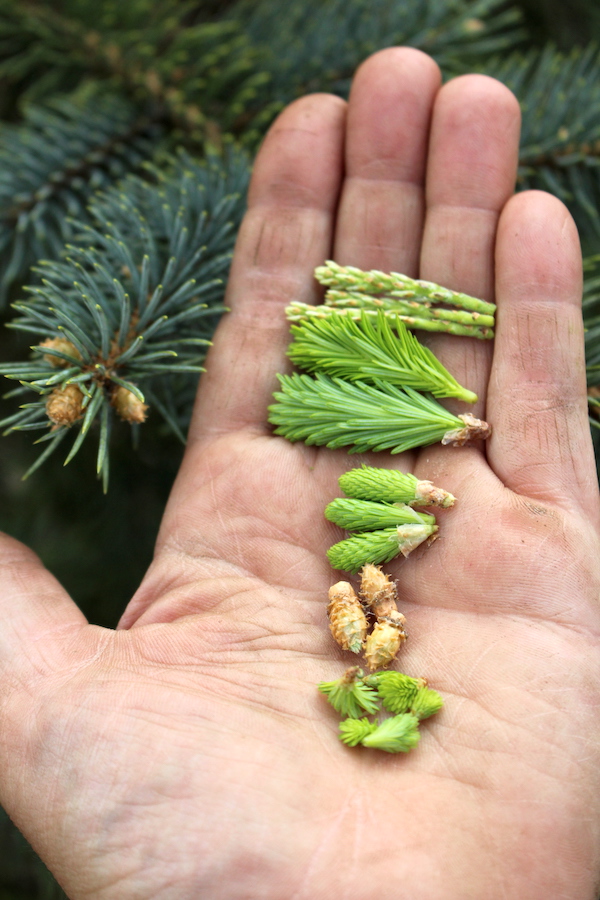
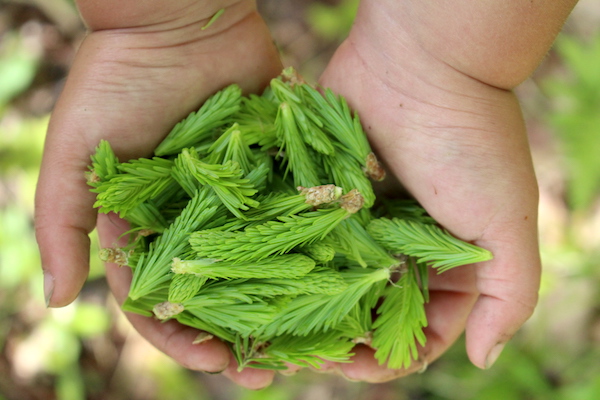
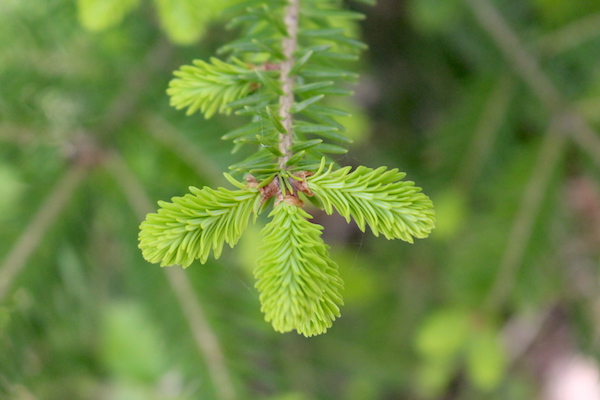
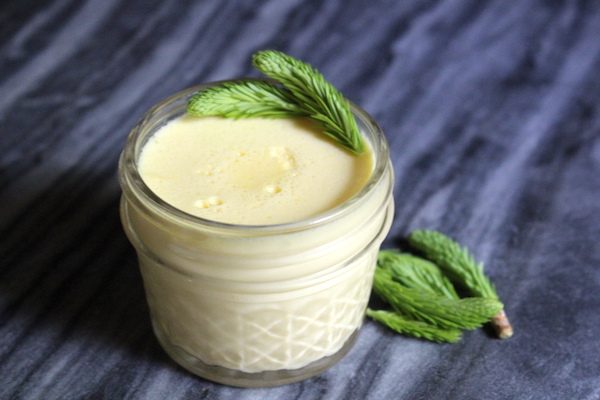
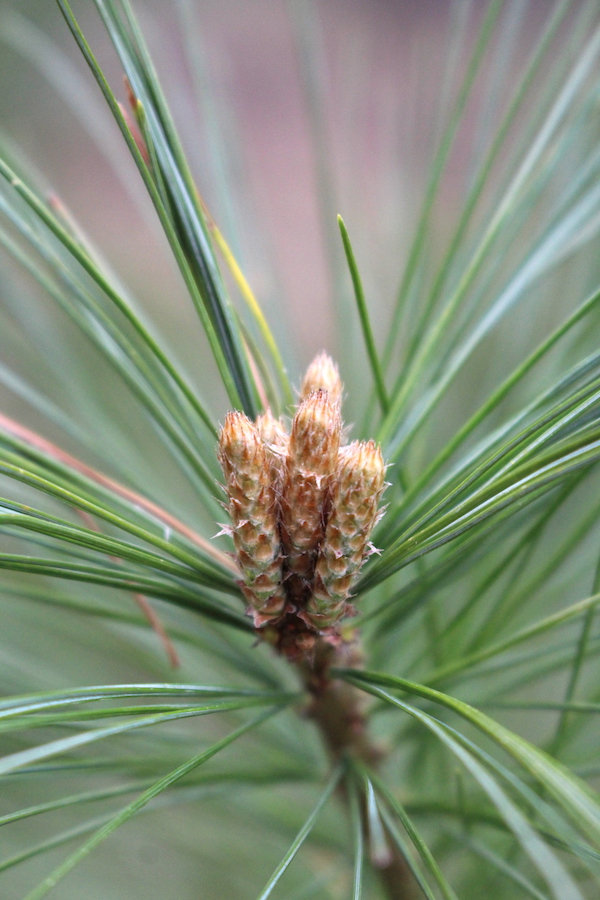
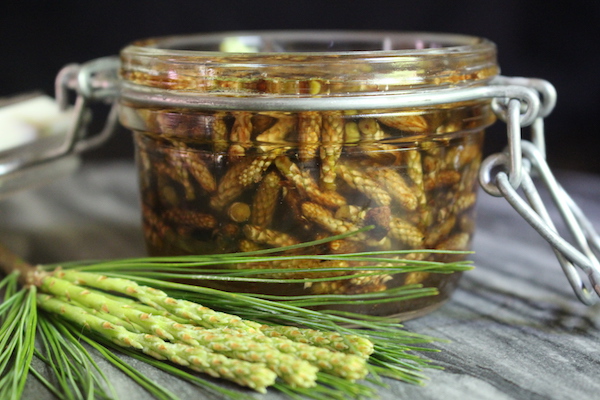
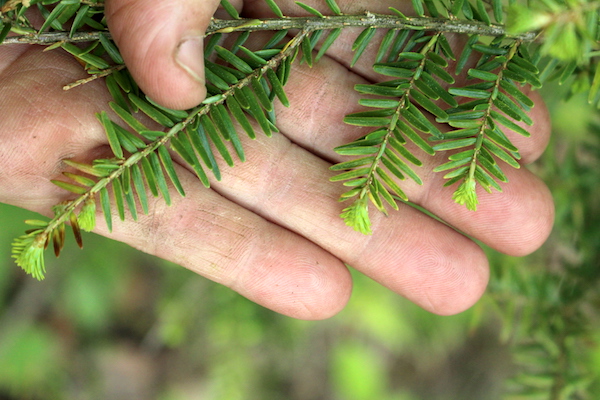
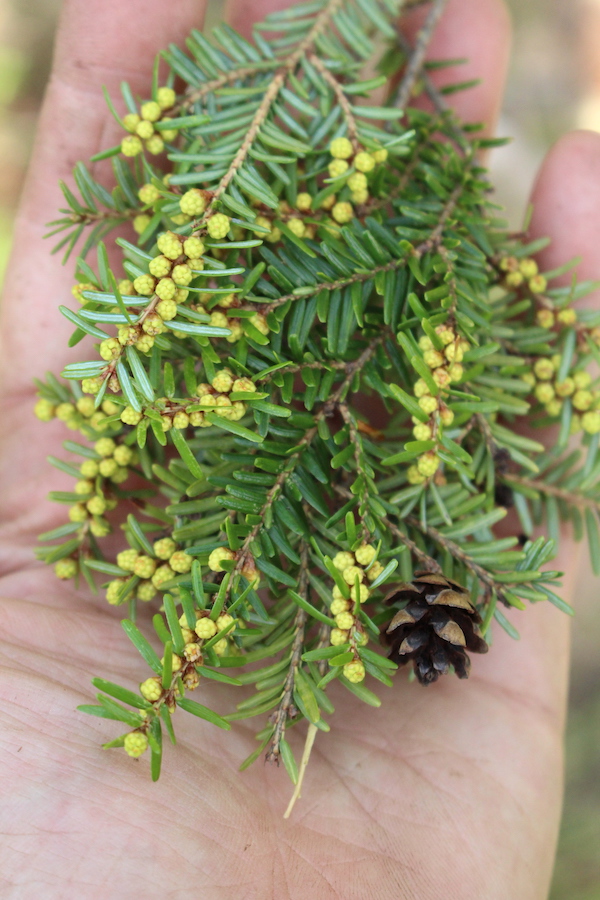











You need to be a member of Earth Changes and the Pole Shift to add comments!
Join Earth Changes and the Pole Shift